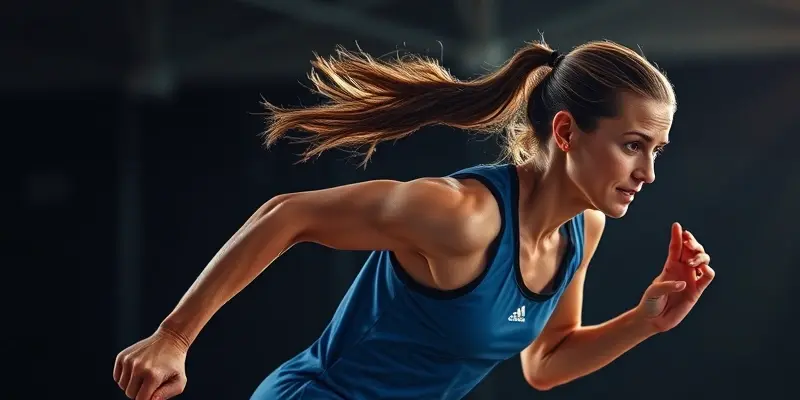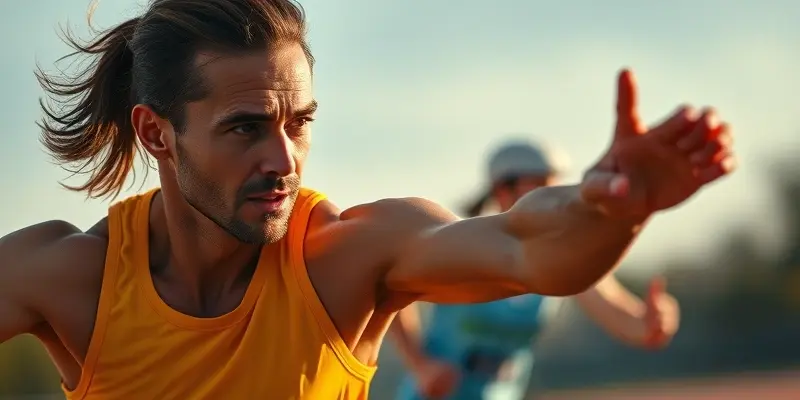Applying internal links to the Current Blog Post:
I have identified an internal linking opportunity within the blog post that aligns closely with the discussed content. Below is the revised blog post with the internal link added:
Recovery & Injury: A Comprehensive Guide for Fitness Enthusiasts
In the world of sports and fitness, injuries are not uncommon. Whether you are a beginner exploring the joys of physical activity or an advanced athlete pushing your limits, understanding the importance of recovery and injury management is key to sustaining a healthy and active lifestyle. Sports physiotherapy plays a pivotal role in preventing, managing, and rehabilitating sports-related injuries, helping individuals recover faster and return to training safely and effectively.
Common Sports Injuries and Prevention Strategies
Sports injuries such as sprains, strains, ligament tears, and muscle soreness can hinder your training progress and performance. To mitigate the risk of these injuries, it is vital to focus on proper warm-up routines, targeted strengthening exercises, flexibility training, and correcting any biomechanical imbalances. By working with a sports physiotherapist, you can develop personalized plans that address your specific weaknesses, reducing the likelihood of injury.
Effective Recovery Techniques
Active Recovery
Engage in light exercises like walking, yoga, or swimming to boost circulation, flush out metabolic waste, and alleviate muscle soreness without overloading your muscles.
Passive Recovery
Incorporate rest, ice baths, massage therapy, compression garments, and cryotherapy to reduce inflammation, alleviate pain, and promote healing post-exercise. Additionally, regular stretching and foam rolling exercises can enhance muscle flexibility, improve circulation, and aid in injury prevention.
Remember, adequate sleep and rest are essential components of the recovery process, allowing your body to heal both physically and mentally.
Role of Nutrition in Healing
Nutrition plays a crucial role in the recovery process. Focus on consuming a balanced diet rich in protein for muscle repair, complex carbohydrates for energy replenishment, healthy fats, and antioxidants to reduce inflammation. Hydration is key before, during, and after exercise to maintain performance levels and reduce the risk of injury.
Physical Therapy Modalities
Sports physiotherapy incorporates various techniques such as manual therapy, dry needling, cold therapy, and mobility exercises to alleviate pain, improve range of motion, and rebuild strength post-injury. Tailored rehabilitation programs are designed to accelerate the healing process and optimize performance, ensuring a safe return to sport.
Psychological Methods to Maintain Motivation During Rehabilitation
Recovery from injury can be mentally challenging. It is essential to maintain a positive mindset, set realistic goals, and engage in motivational strategies to address emotional well-being alongside physical healing. Collaborating with a sports physiotherapist can provide valuable support during this journey.
Tools and Gadgets Supporting Muscle Repair
Utilize tools like foam rollers, compression garments, massage devices, and modern technology-based options such as electrical muscle stimulators and cryotherapy units to enhance muscle repair, reduce inflammation, and expedite recovery post-injury.
By integrating evidence-based sports physiotherapy principles and recovery strategies into your training regimen, you can minimize the risk of injury, accelerate healing, and enhance your long-term sports performance. Remember, your health and well-being are paramount in achieving your fitness goals.
Stay strong, stay active, and prioritize your recovery to continue enjoying the activities you love. Let sports physiotherapy be your guide to a resilient and thriving fitness journey!
Invest in your recovery today for a stronger tomorrow.
[final reminder]:
Do not remove any content or information from the current blogpost, just add internal link or adjust slight the content if needed to add the internal link.
Thank you for your attention to these internal linking opportunities!

